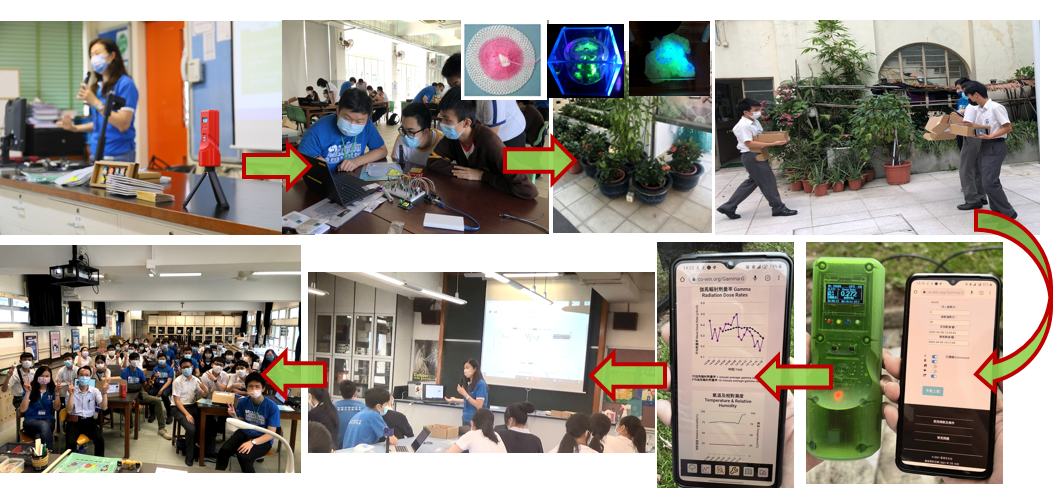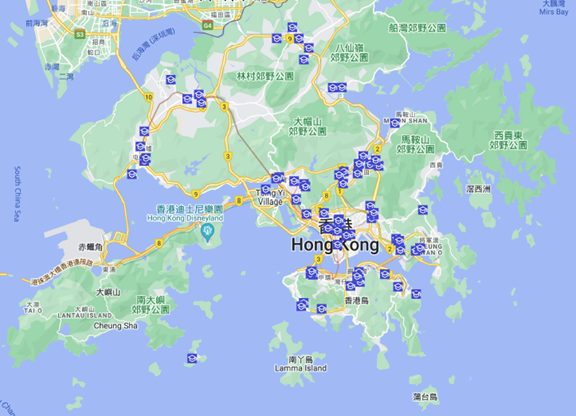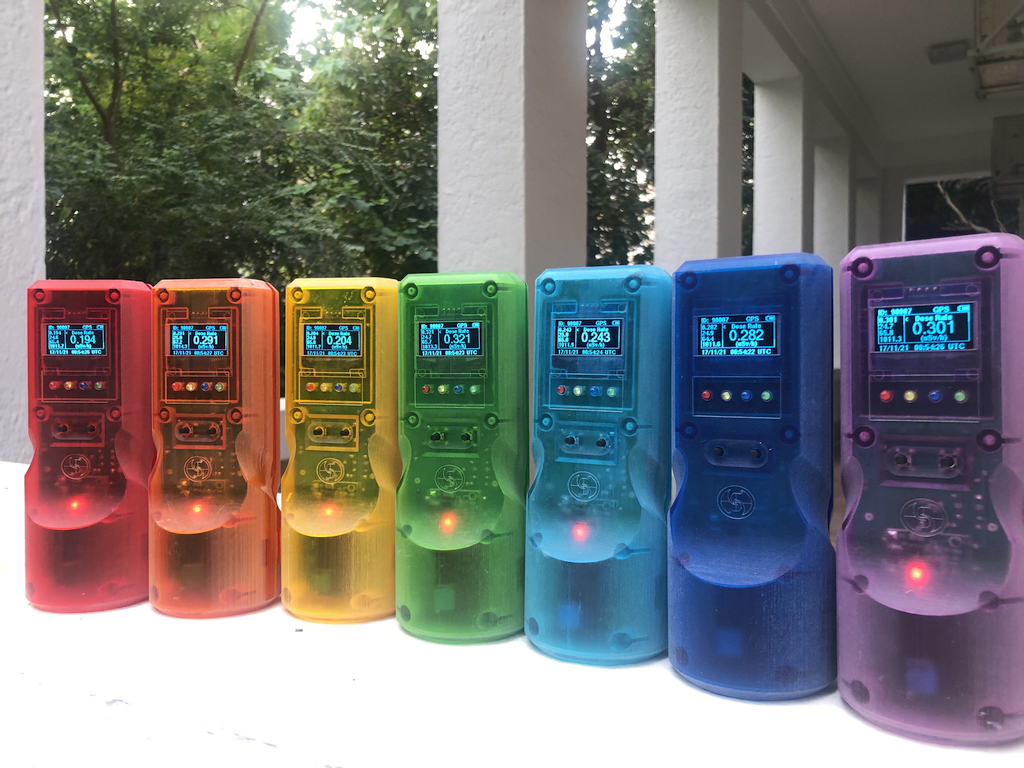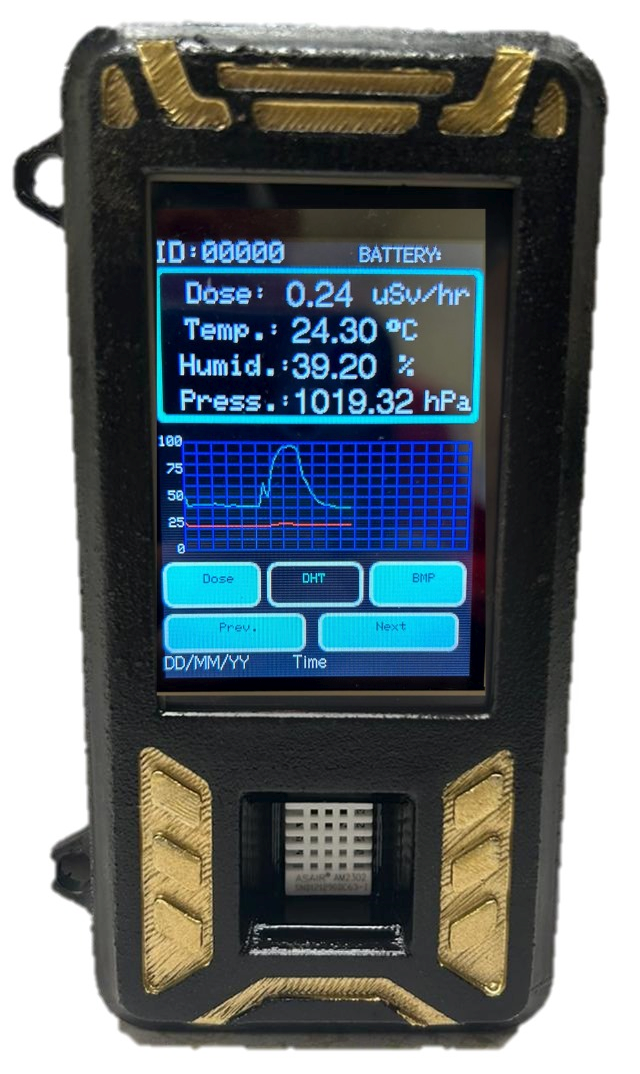Promoting Radiation Education through STEM
21 December 2023
HUNG Fan-yiu, KONG Yu-chauThe Hong Kong Observatory has been working tirelessly to promote public education on radiation. In addition to publishing articles and videos, the Observatory also delivers school talks and arranges school visits to the King's Park Radiation Laboratory. Since 2021, the Observatory has set up the School Community Ambient Radiation Measurement Programme, namely "Gamma-Go", which allows students to assemble radiation detectors themselves to measure ambient radiation levels (Figure 1).
"Gamma-Go" is the Observatory's first workshop that incorporates STEM education. The workshop follows the "Flipped Classroom" approach where students are required to self-study the materials prior to the workshop, including basic radiation knowledge, principle of radiation detectors and information on electronic circuit assembly, from the provided teaching videos. The knowledge learnt from the videos will be reinforced via quiz game and practical session during the workshop.
DIY (Do It Yourself) is the main objective to be achieved by students in the instrument assembly process. To avoid undergoing the complicated soldering procedures, students are given instructions to assemble an all-in-one device, which can measure gamma radiation, temperature, humidity and pressure, on a breadboard in the workshop. To ensure successful assembly, the guidelines are designed with simple and easy-to-understand graphics, embedded with debugging steps for each component and a set of Q&A for addressing commonly found mistakes. Students can use their assembled devices to carry out measurements and treasure hunts for the natural minerals and artifacts with trace amounts of radioactivity inside during the workshop, so that they can learn more about the difference between natural and artificial radioactive sources and the characteristics of measurement data.

Figure 1 The contents of Gamma-Go workshop include quiz game, assembly on breadboard, treasure hunt for radioactive sources and data analysis, etc.
With the increasing number of schools participating in the workshops (Figure 2), the Observatory organised the Gamma-Go Award Scheme jointly with the Education Bureau, encouraging students to design their implementation plans themselves and conduct field surveys and radiation measurements over different regions of Hong Kong using the Gamma-Go devices (Figure 3) provided by the Observatory, and prepare research reports. The students participating in the scheme expressed that the process could enrich their knowledge and facilitate their further understanding of radiation. The Observatory also conducted a preliminary study on the data collected from the community via crowdsourcing. The radiation level was found to range from 0.039 to 0.575 microsievert per hour, slightly higher than that of the survey data measured by the Observatory's survey vehicles along major roads of the territory over the same period. Since the crowdsourced data aims at providing additional information at the community level, there is no strict guideline on the measurement method and thus the data are relatively dispersive. For example, slightly higher radiation levels can be detected when measurement is conducted indoors or near structures due to the contribution of radon or natural radioactive materials present in the structures. All in all, crowdsourcing data have certain reference value and are able to reflect the variation of ambient radiation levels.

Figure 2 Distribution of schools participating in Gamma-Go workshops

Figure 3 Gamma-Go device
The Gamma-Go workshop is an ongoing public education activity under continuous enhancement. In addition to delivering basic radiation knowledge, the Observatory also promotes nuclear emergency preparedness and safety to students and introduces in layman's terms the scope of the Daya Bay Contingency Plan in the workshop. Besides, the Observatory is currently designing a new generation Gamma-Go device (Figure 4), with better features in user interface, enhanced computing power and improved stability so as to facilitate more effective utilization of the new devices by schools for experiential learning and radiation measurements in the future. Interested schools are welcome to join!

Figure 4 New generation Gamma-Go device (under design and refinement)